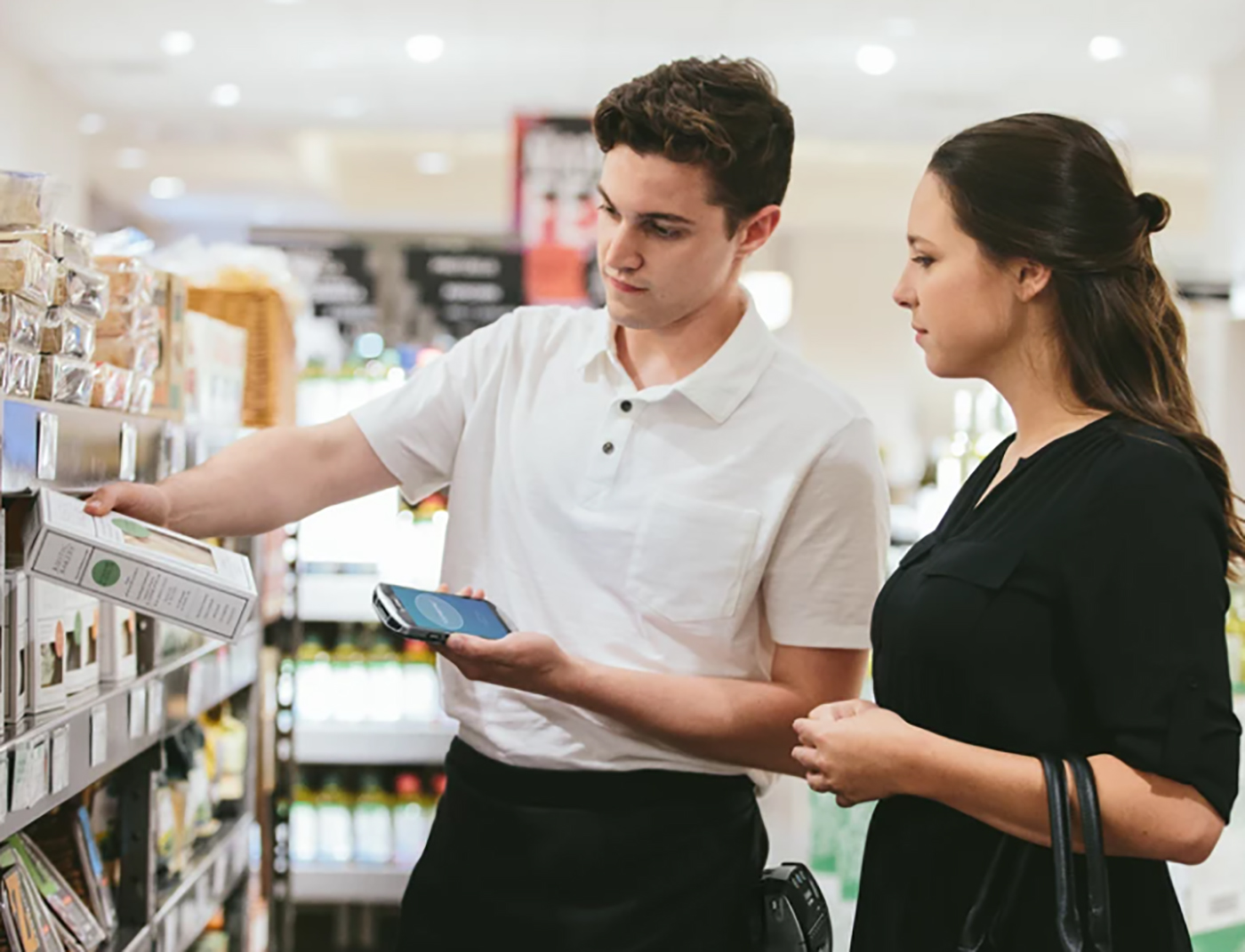While the pandemic is likely to have a long-term effect on retail, I was cheered recently by this stat: 87% of people say that shops will be as important to them as they were prior to the pandemic.
That’s not to say that I think business as usual is possible. The challenges that we were all aware of prior to COVID-19 have become more pressing. These include the fact shoppers are more fickle and less loyal, that people are looking for more innovation and digitally-led services in-stores, and that online sales rise ever upwards.
With these issues in mind, and to make sure we capitalize on the affinity that people have for shopping, there’s a strong case for looking at how we can make the store experience feel more dynamic, compelling, and easy. There are a number of components to this, that we explain in our new Whitepaper. But one area I want to focus on is personalization.
Creating dynamic journeys
Clearly, physical stores have a way to go when it comes to capturing the level of data that’s harvested from online shoppers (and using that to influence sales in real-time). But things are changing, and there are new ways to personalize store journeys:
Identify who’s in the store: Shopping increasingly starts at home – 81% usually create a shopping list and 78% check stock availability. What’s more, 37% are willing to share their shopping list. By identifying these shoppers as they enter the store (perhaps via their mobile device or a scan of their loyalty card), a personalized journey can be dynamically prepared for them tailoring the store’s product assortment, the prices, the promotions, and the shopping information fit the customer’s needs. I call it “store for one”. For example, a shopper could be sent recipes to stimulate them based on items in their basket; they can be guided by navigation assistants around the store; and receive highly personalized promotions based on their profile, basket contents, store location – and more – in real-time.
Create versatile checkouts: We can make it easier and more convenient for people to choose how they pay by offering a mix of fixed lanes, Self-Checkouts, Personal Shopping devices, and Mobile Point of Sale. While this is not directly personalizing a service it’s respecting people’s time, giving them more options to shop in the way that’s best for them. And, however they decide to pay, they can be offered the same discounts, product recommendations and the option to use or accrue points that they are familiar with at the fixed checkout.
Make the most of customer interaction: If you have a mobile app you may wish to ask customers to opt into location services. This will allow you to see who’s in-store and their whereabouts. Associates can then approach the customer to ask if they need help. And, by issuing mobile devices to your team you can help them provide the best service at all points of a customer’s in-store journey. For example, they can: view the customer’s past purchases or preferences to highlight discounts that may be of interest; offer advice on any item across the store; and manage a range of services such as looking up stock without leaving their side, calling associates to bring items to them, arranging a Click & Collect slots or home delivery, and more. When asked about technology 61% of associates say they view their employer more favorably for providing them with mobile devices and that with them they’re better able to assist customers (66%) and save time (44%).
As we look forward, the ability to better capture and use data in stores, to roll out new services and to personalize offers, requires further channel integration of IT systems. In response we’ve created ‘Storevolution’ – a comprehensive suite of technologies, and open APIs, that enable retailers to operate with much greater agility. Our new whitepaper ‘Mobility, Agility and Profitability’ explains Storevolution in more depth. This includes how it makes it easier to create, trial and roll out new store-based services at a higher cadence and lower cost.
Originally posted on
retailexperience.store
1Source: Capgemini Research Institute, Consumer Behavior Survey, April 4–8, 2020, N=11,281 consumers
2All references from Nielsen Grocery Shopping Consumer Survey, 2020
3Zebra Shopper Vision Study 2019
